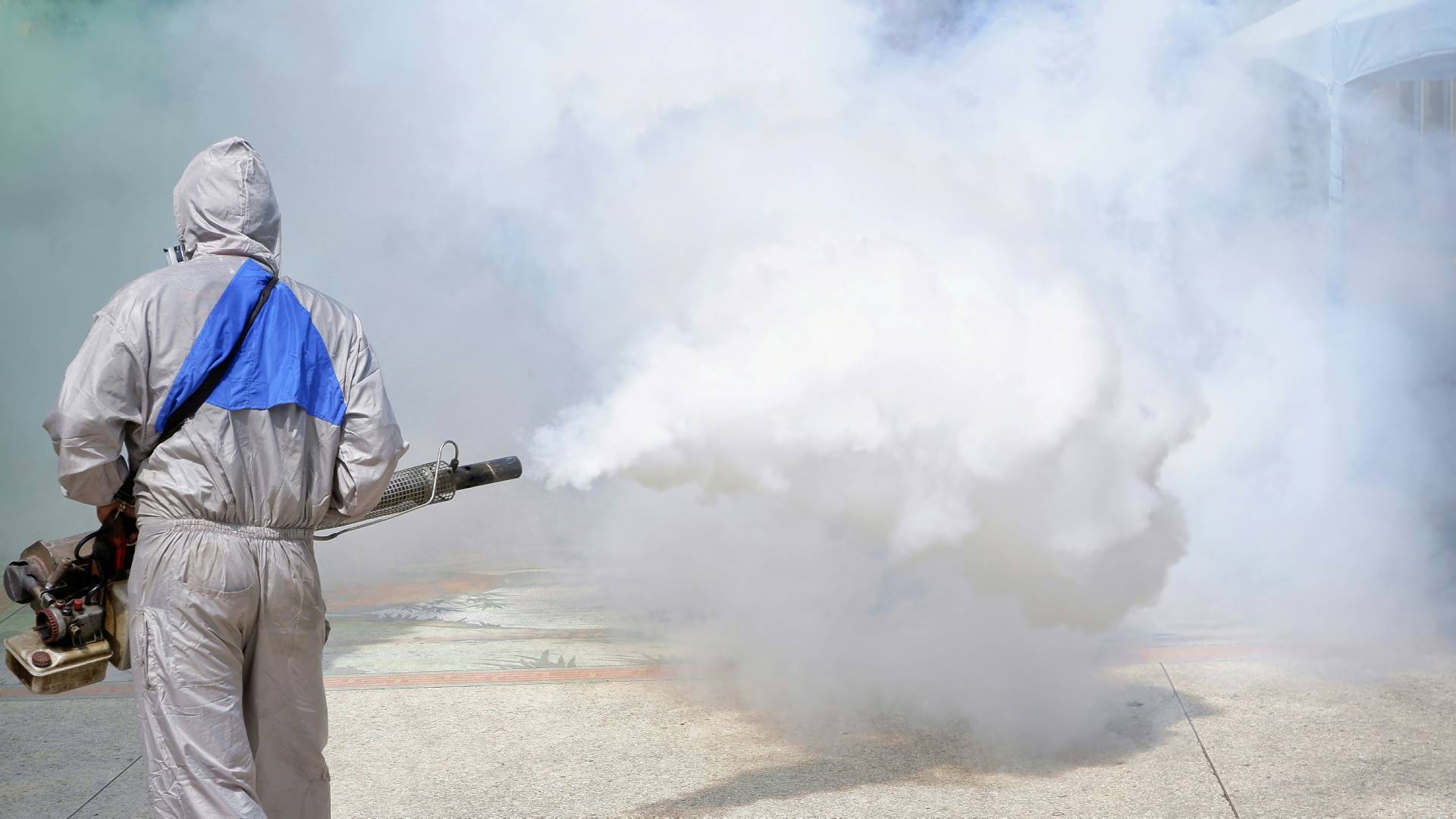Safety Precautions for Using a Chemical Fogger

Chemical foggers, also known as fogging machines, are highly effective tools for disinfection and pest control, especially in large-scale spaces. However, their utility comes with significant responsibility to ensure proper handling and usage.
Incorrect practices can lead to harmful outcomes for your health, property, and the effectiveness of the fogger itself. Following these safety precautions for using a chemical fogger will help you safely achieve better results.
Choose the Right Chemical
Not all chemicals are the same for all types of foggers, and their effectiveness against pathogens or pests may vary. Always refer to the manufacturer's guidelines to determine the appropriate chemical. Read the label and safety data sheet (SDS) of the chemical you choose to understand its active ingredients, proper application techniques, and potential hazards. Ignoring this step can not only render your efforts ineffective but can also introduce unnecessary risks.
Wear Proper Personal Protective Equipment (PPE)
Personal protective equipment (PPE) is crucial when handling and operating a chemical fogger. The specific PPE required will depend on the chemical in use but typically includes gloves, goggles, and respiratory masks. Ensure the protective gear meets safety standards and is in good condition before starting the fogging process. Failure to wear proper PPE can result in exposure to toxic chemicals, leading to respiratory issues, skin irritation, and other health problems.
Adhere to the Recommended Dosage
Overuse or misuse of chemicals is one of the common mistakes to avoid when using a fogger. Always stick to the recommended dosage and application time mentioned in the manufacturer's guidelines and the chemical's label. Applying too much chemical can oversaturate the environment, leading to residue build-up and potential toxicity. Using too little may not achieve the desired disinfection or pest control levels.
Operate in a Well-Ventilated Area
Always conduct fogging in well-ventilated spaces to ensure the dissipation of airborne chemicals and maintain the efficacy of the disinfection or pest control process. When chemicals accumulate due to poor ventilation, their concentration can either become too low to effectively eliminate pathogens or pests or too high. Proper ventilation mitigates the risks of respiratory issues and other health problems caused by inhaling toxic fumes.
Ensure Proper Maintenance and Storage
Proper maintenance and storage of your chemical fogger are vital to its safe and efficient operation. After each use, thoroughly clean the machine to prevent chemical buildup and mechanical failures. Store the fogger in a cool, dry place, away from direct sunlight and out of reach of children and pets. Regular maintenance checks will help extend the lifespan of the equipment and ensure it remains in peak operating condition.
Following these safety precautions for using a chemical fogger will ensure a better process with better results. By selecting the right chemical, wearing proper PPE, ensuring adequate ventilation, adhering to the recommended dosage, and storing the fogger properly, you can optimize its effectiveness while safeguarding your well-being.








